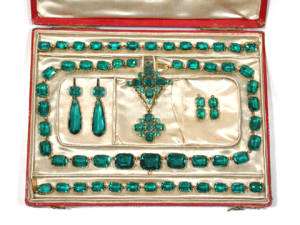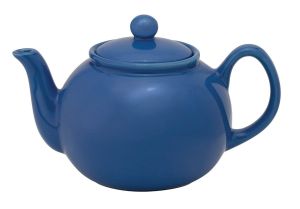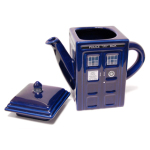(Only) historical note: The Rookeries were the notorious, filthy, crime-ridden slums of London, cleared by the Victorians, whose notorious, filthy, crime-ridden slums were cleared by the Blitz and mid-late 20th century city planners.
 Keep a careful eye on your billfold. You will be assaulted by various crooks and villains intent on getting your money.
Keep a careful eye on your billfold. You will be assaulted by various crooks and villains intent on getting your money.
- Hundreds of brilliant reviews? Certainly, follow me into this dark alley.
- Make the amazon/NYT/USAToday lists? Absolutely, just let me look after your cash for a moment, be right back.
- Copyedit your book? I’m fully-qualified, but what does it have to do with Chicago?
But here is some real advice I have received from experts who shall remain nameless (and who’ve sold much better than I have)**:
- Write a series with at least three books every year. What they’re about doesn’t really matter, but for heaven’s sake, don’t try to be original or complicated or funny.
- So long as one or more of the words duke, Navy Seal, alpha male spring to mind, you’re fine.
- You don’t need to have your book copy edited or line edited or have a professionally-designed cover. You have spellcheck and photoshop, you’re ready to go.
I take the view that readers deserve better. Have we really been brainwashed to that extent by the big however-many-are-left NY publishers that that’s all we’re worth? It seems that there are writers (notoriously EL James) who have somehow tapped into the zeitgeist and who sell and sell and sell. It has nothing to do with the quality of the writing or the storytelling (or notoriously, the editing or lack thereof).
[**Yes, my sales suck. But I’m also very disappointed as a reader too, and I don’t think I’m the only one.]
I’m ending this rant with a word from the great Ursula K. LeGuin, who was honored recently at the National Book Awards. (You can read a whole transcript of her speech here):
Right now, I think we need writers who know the difference between the production of a market commodity and the practice of an art. Developing written material to suit sales strategies in order to maximize corporate profit and advertising revenue is not quite the same thing as responsible book publishing or authorship.
Thoughts?





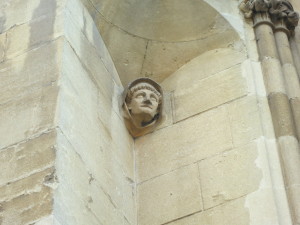


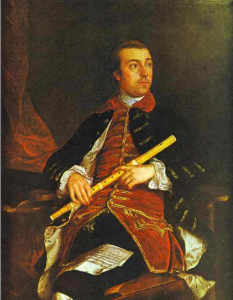
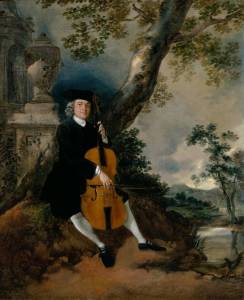

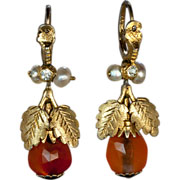 items I love. This pair of
items I love. This pair of 